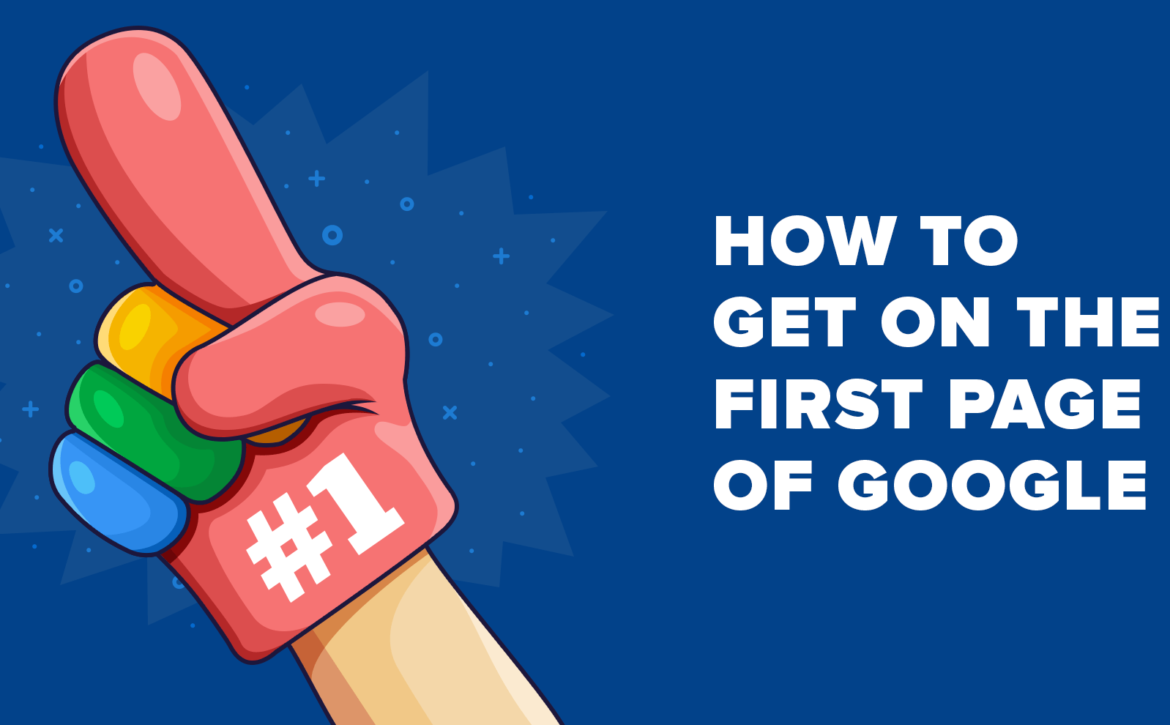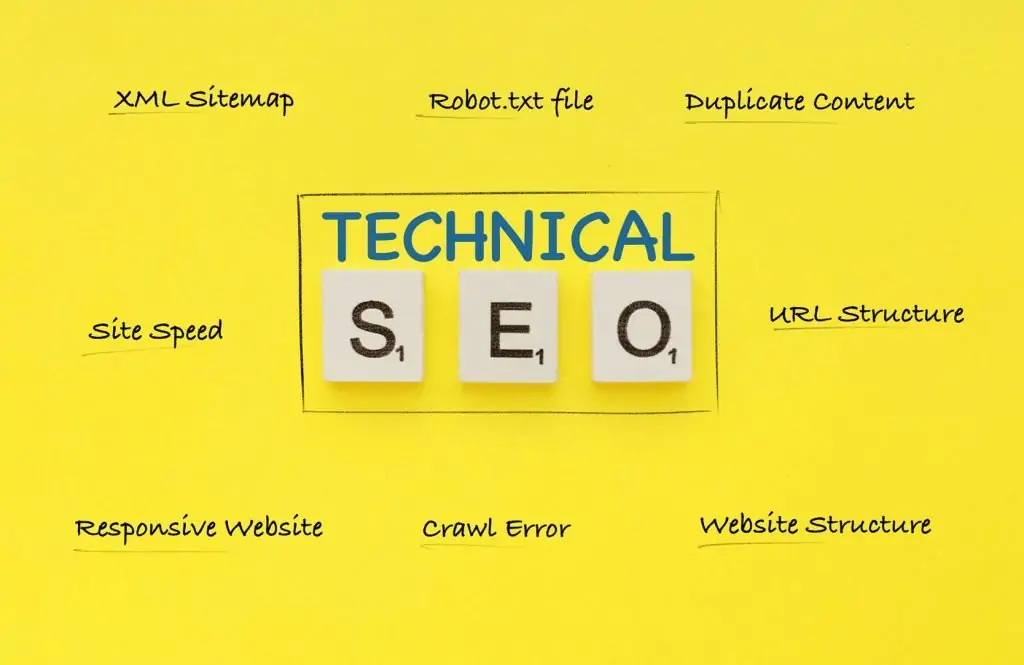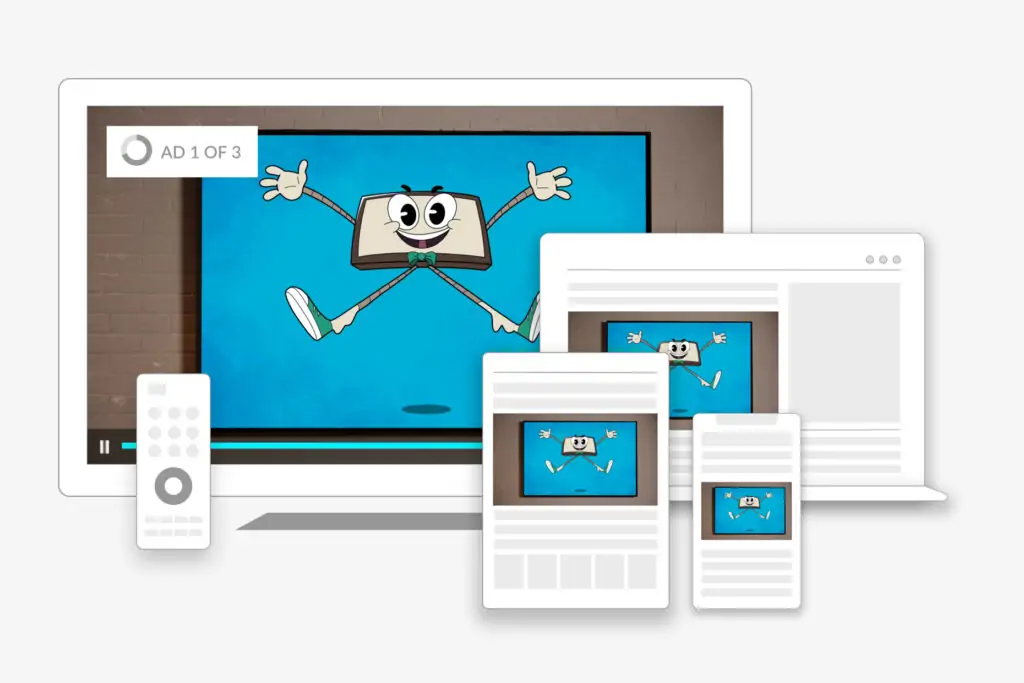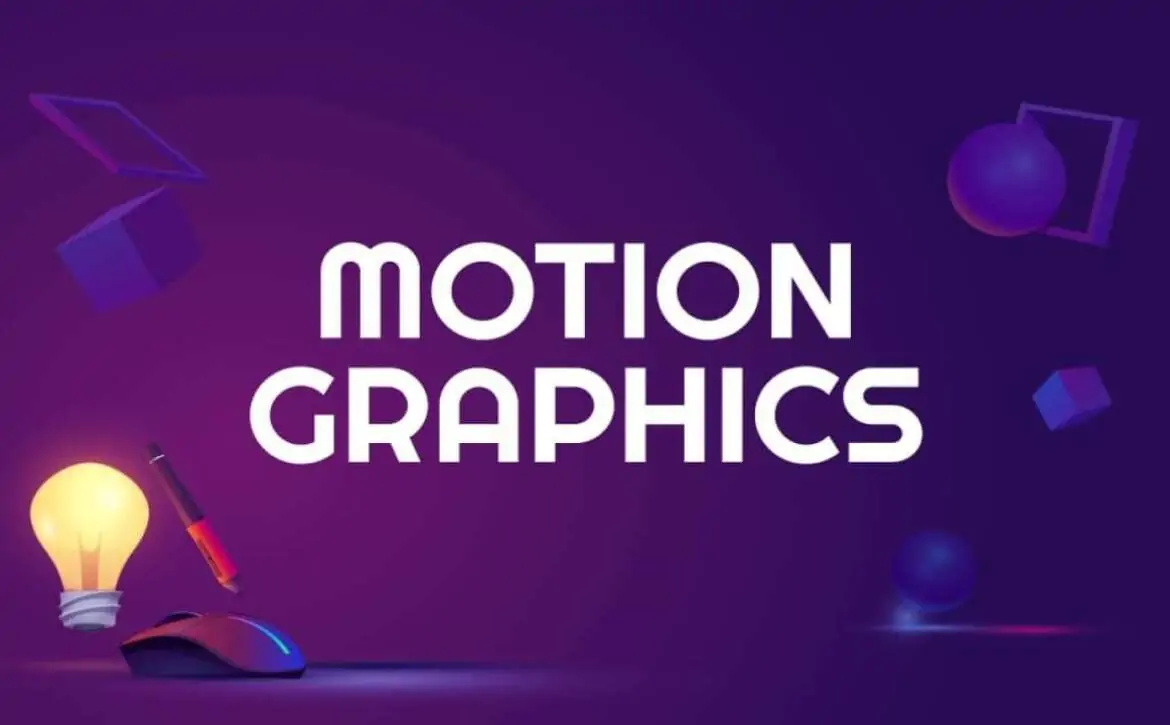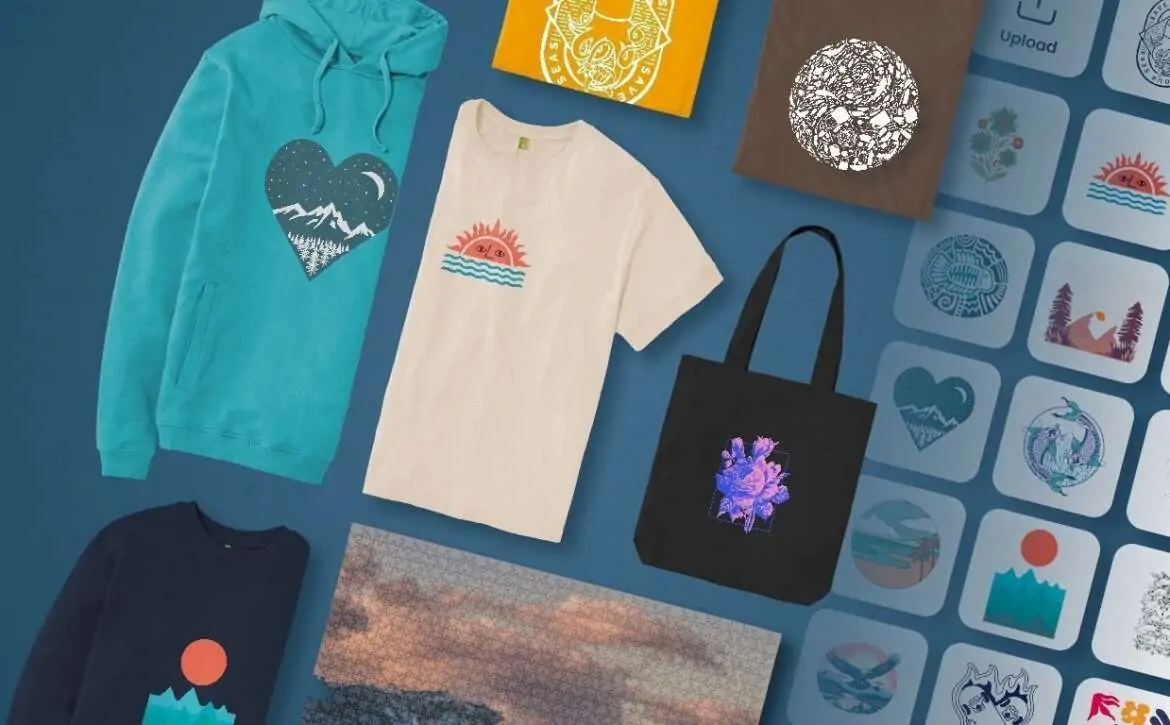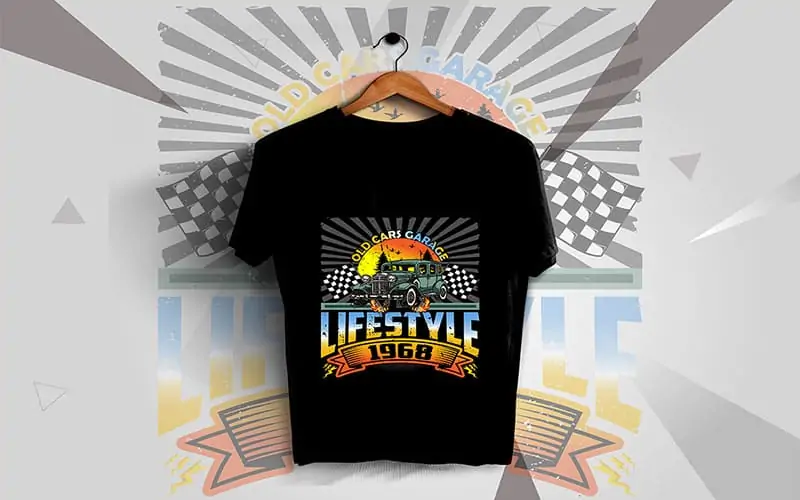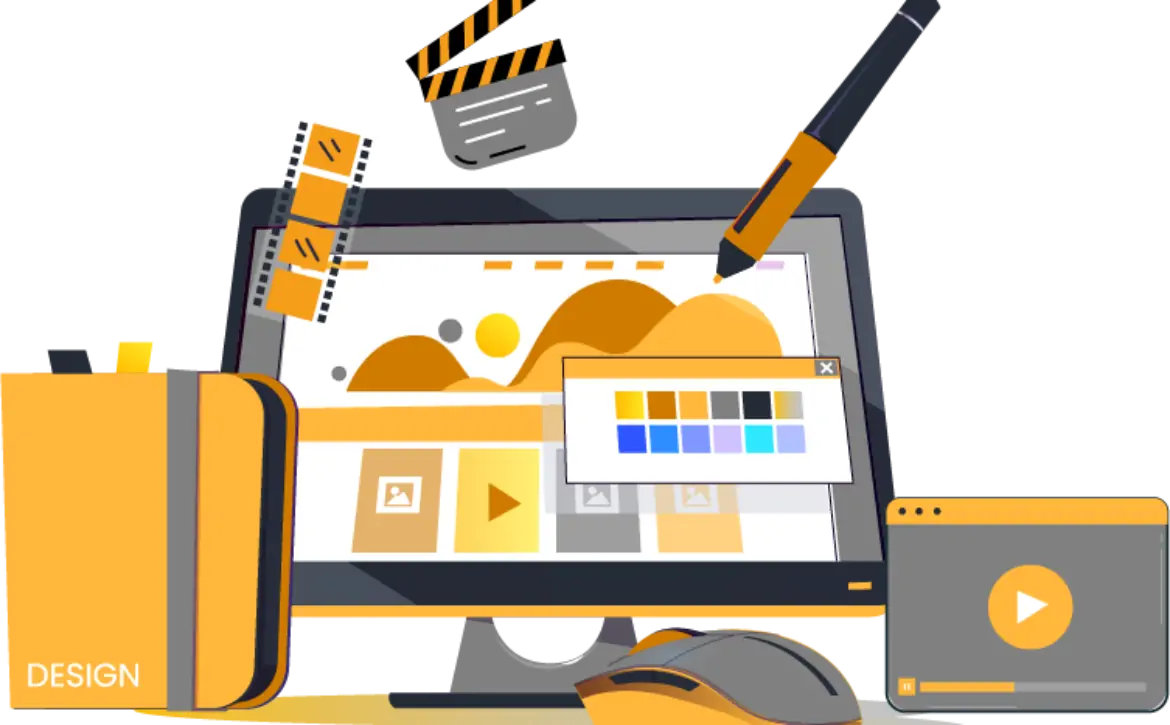Unlock enhanced search results with Rich Snippets
In the dynamic landscape of online search, users increasingly seek instant, relevant, and informative results. Rich snippets have emerged as a powerful tool to meet these expectations, elevating search engine results pages (SERPs) by providing enhanced information directly at the user’s fingertips.
These snippets are a form of enriched search results that go beyond the traditional brief description and link. They aim to offer users a more nuanced preview of webpage content directly within the SERP. These snippets leverage structured data markup, a standardized format that allows website owners to provide explicit information about their content to search engines.
Rich snippets are revolutionary in the ever-changing search industry. They not only improve user experience by providing easily assimilated information at a glance, but they also give search engines a signal of trust and trustworthiness, which may raise organic ranking.”
– Maya Kant (2023), manager of search engine optimization at a digital startup

It’s Types:
Review Snippets:
Displaying star ratings and a concise summary of user reviews, review snippets offer users a quick assessment of the quality of a product, service, or business.
Recipe Snippets:
Catering to culinary enthusiasts, recipe snippets showcase cooking time, calorie count, and user ratings directly in the search results, streamlining the cooking decision-making process.
Event Snippets:
Facilitating event discovery, these snippets include details such as date, time, and venue information, allowing users to find and plan attendance without navigating away from the search results.
Product Snippets:
Empowering shoppers, product snippets reveal essential details like price, availability, and user reviews directly in the search results, simplifying the purchasing journey.
FAQ Snippets:
Addressing common queries, FAQ snippets highlight frequently asked questions and their respective answers directly on the SERP, providing immediate solutions.
Video Snippets:
Enhancing multimedia content discovery, video snippets feature thumbnails, duration, and brief descriptions, giving users an immediate sense of the video’s content.
Article Snippets:
Offering additional context, article snippets may include metadata such as publication date, author information, and article highlights, assisting users in assessing the relevance of the content.
Local Business Snippets:
Facilitating local searches, these snippets showcase business hours, contact information, and customer reviews, streamlining the process of finding and engaging with local businesses.

Structured Data Markup: The Engine Behind Rich Snippets:
Structured data markup, commonly implemented with schema.org, is the engine driving the creation of enhanced snippets. This markup allows website owners to provide specific information about their content in a standardized format. By using schema.org vocabulary, websites communicate details about products, reviews, events, and more in a language that search engines can understand and interpret.
“Adopting rich structured snippets is about user-centricity, not just SEO. By giving consumers clear and straightforward information up front, you foster trust and provide them the power to make wise decisions, which enhances their online experience.”
– Emily Zhang, a software company’s user experience designer (2023)
Benefits:
Improved Visibility:
Structured snippets make search results visually appealing, capturing user attention and increasing the likelihood of engagement.
Increased Click-Through Rates (CTR):
By offering more information directly in the search results, Optimized snippets empower users to make informed decisions, leading to higher click-through rates.
Enhanced User Experience:
Users can quickly assess the relevance and value of a webpage without navigating away from the search results, streamlining the search experience.
Targeted Information Delivery:
Different types of snippets cater to specific user needs, delivering targeted information based on the nature of the query.
Rich snippets represent a transformative evolution in the realm of search, providing users with a more informative and efficient search experience. By harnessing the power of structured data markup, websites can communicate valuable details to search engines, enabling the creation of visually compelling and content-packed snippets. As search engines continue to prioritize user satisfaction, the strategic implementation of enhanced snippets stands as a pivotal strategy for webmasters and digital marketers seeking to enhance visibility, engagement, and overall user satisfaction in the competitive digital landscape.



